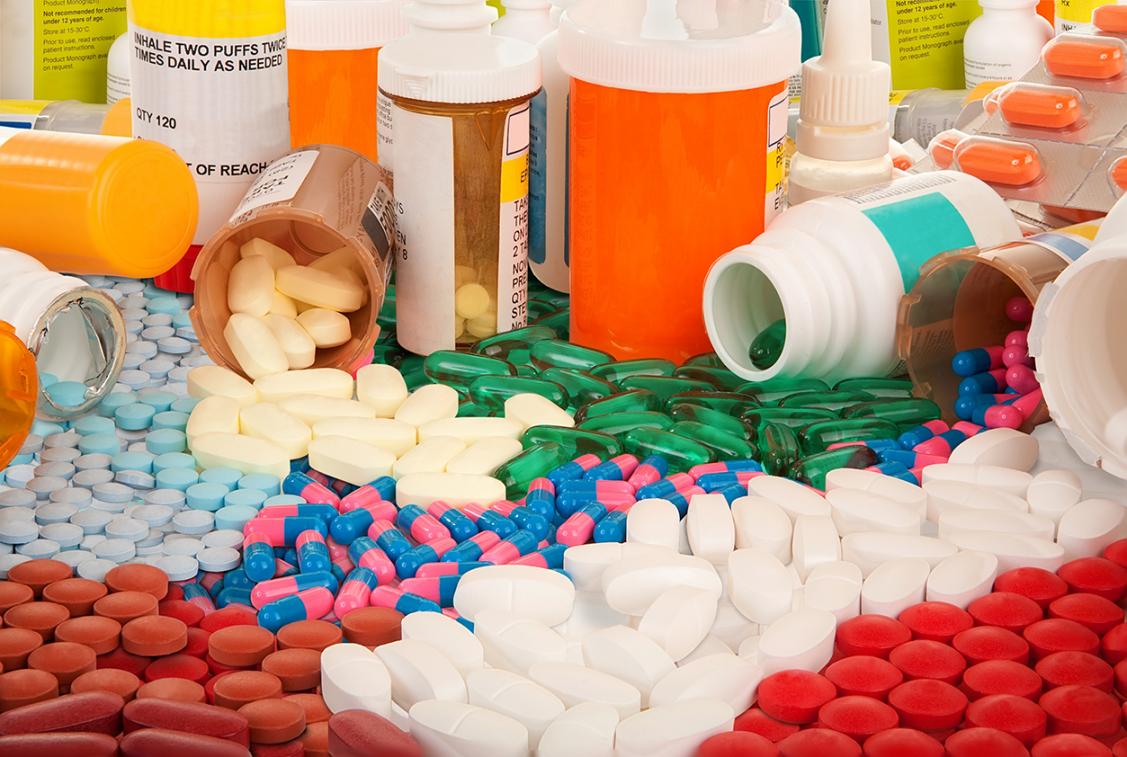Pharmaceutical products and medical supplies have been exempted from US and EU-imposed sanctions for “humanitarian reasons,” in the words of the US government. Despite that, Iran reported bottlenecks and shortages as the severity of sanctions was gradually stepped up. Many firms and financial institutions halted trading activities with the country as international transactions became tougher and the companies themselves feared penalties from US and EU governments.
Shortages were particularly acute in specialized drugs used to treat common conditions such as thalassemia, heart disease, respiratory disorders and cancer. In May 2013, irEconomy reported that the prices of some cancer treatment drugs stood at 110 million rial (at the time about $3,100).
Over the past decade, Iran has experienced a jump in disease and illness complaints. Notably complaints related to cancer and respiratory problems have soared. According to experts, air pollution has been one of the main factors of weaker immune systems in big cities such as Tehran, Tabriz and Isfahan, and in the heavy polluting oil industry towns in southern Iran, such as Abadan and Ahwaz. Increasing smoking prevalence has worsened the trend.
A research by the monthly magazine Iran Economics shows that between 2000 and 2013, medicine consumption jumped from 16.2 billion drug strips and other products to 33.5 billion – an increase of 106 percent. Another study conducted by the DARU Journal of Pharmaceutical Sciences, and quoted by the Economist Intelligence Unit, estimated that total medicine market sales value reached $2.467 billion in 2010. Compared to the year 1997, sales value had increased by slightly over 28 percent every year.
However, while consumption has soared, domestic production of medicine has dropped. Between the years 2000 to 2013, medicine production plunged by an average of 41 percent.
The total per capita cost of medicine has increased rapidly in recent years. In 2013, when tightening sanctions hit the Iranian economy hardest, per capita consumption dropped by a stunning 50 percent compared to the previous year while the total cost paid for this smaller amount of medicine was only 7.5 percent lower.
The weak substitution effect, as economists call the change in demand for one product as the price of a related, second product changes, can be attributed to Iran’s heavy dependence on imported medical goods.
Faced with sanctions and shortages, the government announced that medicine is a matter of national security. Consequently, it has been trying to revitalize domestic production. However, in doing so, it faces several key issues.
One of the problems inherited by the Rouhani government is the slow and stumbling process of privatization of the medicine producers. At the moment, more than 70 percent of the industry is still in the hands of the government, leaving government investment as the main impetus to growth. Under the previous government, per capita spending on medical services was very low, standing at just $447. If falling oil prices don’t squeeze the fiscal budget too hard and President Hassan Rouhani keeps up the track of prudential and targeted spending of state funds, this figure might increase in the next budget, although this will also be dependent on the outcome of the nuclear negotiations.
Pharmaceutical production is often seen as a high-tech industrial activity due to this sector’s heavy reliance on sophisticated manufacturing techniques and intensive and high-cost research and development (R&D). Although Iran will inevitably remain bogged down to importing the most advanced drugs, notably specialized cancer drugs, expanding domestic production of less high-tech medicine will require foreign investment and the transfer of technology. Among the more than 100 French companies who visited Iran last February, a sizeable number were active in the pharmaceutical industry. These companies responded to the partial lifting of sanctions by expressing vivid interest in trading with and investing in Iran.
However, the government realizes that in order to prevent future shortages, the country’s medicine import destinations should be diversified. Due to its high-tech nature, many of the largest exporters of medicine are western, NATO-affiliated, highly-developed economies, such as Belgium, Germany or the US. However, India has managed to position itself as the major developing country with a pioneering position in medicine production and export. So far, Iran has successfully managed to make India its largest trade partner in that field, followed by Holland, Canada, France and Germany.
According to data collected by the Donya-e Eqtesad newspaper, Iranian customs reported that the volume of imported medicine in the 11-month period preceding January 2014 increased by 82.46 percent, while the value of imports declined by 9.93 percent. A significant portion of the increase of this relatively cheaper medicine likely comes from India.
The Rouhani administration’s framework for foreign companies to invest in Iran has shown its first successes in the pharmaceutical industry. President Rouhani argued that foreign companies, when investing in Iran, should also transfer technical know-how, R&D facilities and high-tech equipment to the country, instead of keeping essential, high-tech manufacturing outside the country or only investing in assembling machinery. In October, the large Indian pharmaceutical company Cipla agreed to set up a manufacturing facility in Iran in which it would abide by the government’s investment framework.
In the meantime, Iran’s medicine imports have continued to go up. This growth has partially been a result of the limited lifting of sanctions last year, but also of Iran’s success in establishing new international transaction facilities with its trading partners. The head of Imam Khomeini International Airport’s customs office reported last week that medicine imports flown in by air were up by 22.8 percent in the first six months of the current Iranian year, which started on 21 March 2014.


